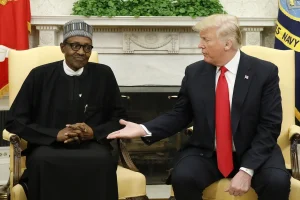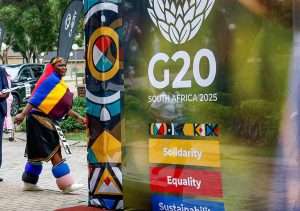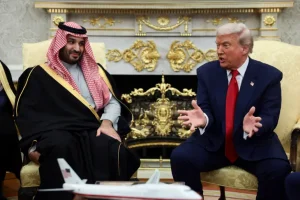Iran cuts zeros from declining national currency

In an bid to ease financial transactions, the Iranian parliament’s Economic Commission has agreed to remove four zeros from Iran’s national currency, as reported by The New Arab via AFP on August 4th.
The approval of this proposal comes after heavily delayed plans to go ahead with the approval. The proposal was initially suggested for discussion during 2019 but was ultimately laid aside.
The Chairman of the Economic Commission, Shamseddin Hosseini, has been quoted on the parliament’s website ICANA, as saying, “the removal of four zeros” had been approved, as well as the term “rial” for the national currency.
ICANA has said under the proposed system one rial would amount to 10,000 at the current value and be subdivided into 100 gherans.
The current bill must pass a parliamentary vote, and then get the green light from the Guardian Council, which is the body that holds the power to examine legislation. It is unclear when this parliamentary vote will go ahead.
Iran’s Central Bank Governor, Mohammed Reza Farzin, has agreed that the Iranian currency “does not have a favourable image“ in an international economic context. Farzin made this remark in May, when he agreed to pursue the plan of altering the national currency.
This plan comes against a backdrop of economic challenges affecting Iran, which varies from runaway inflation, a strongly devalued currency, and the repercussions of international sanctions.
As of August 3rd, the street value of the rial stood at roughly 920,000 to the US dollar. This was reported by local media and the Bonbast exchange rates tracker.
In financial transactions during everyday life, Iranians have opted to use the toman currency instead, essentially abandoning the rial. One toman amounts to 10 rials.
Iran’s economy has been severely impacted due to US sanctions since the US pulled out of a nuclear agreement in 2018, during US President Donald Trump’s initial term.
But since then Trump has reintroduced his “maximum pressure” sanctions campaign on the Middle Eastern nation.
On March 2nd, Abdolnaser Hemmati, the Economy Minister at that time, was stripped of his position in a no-confidence vote. This was down to his failure in addressing Iran’s economic crisis. In June 16th, Ali Madanizadeh, was approved as the new economy minister by Iranian lawmakers.
June also saw an assault on Iran’s nuclear and military infrastructure by Israel. This started a lethal 12-day war. Due to the air strikes on Iran, negotiations between Tehran and Washington paused – these negotiations aimed to discuss the revival of a nuclear deal between both countries.
Israel’s previous assault on Iran prompted global currency fluctuations which ultimately settled last year, because Iran chose not to retaliate. In April 2024, following an attack on Iran by Israel, the US dollar declined by 0.2% against the Swiss franc to 0.91 franc.
The New Arab via AFP, Maghrebi.org
Want to chase the pulse of North Africa?
Subscribe to receive our FREE weekly PDF magazine












